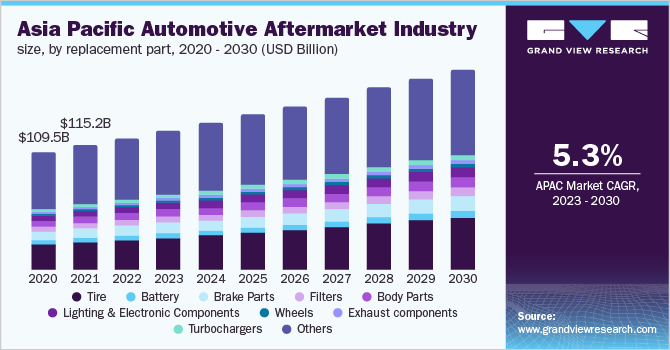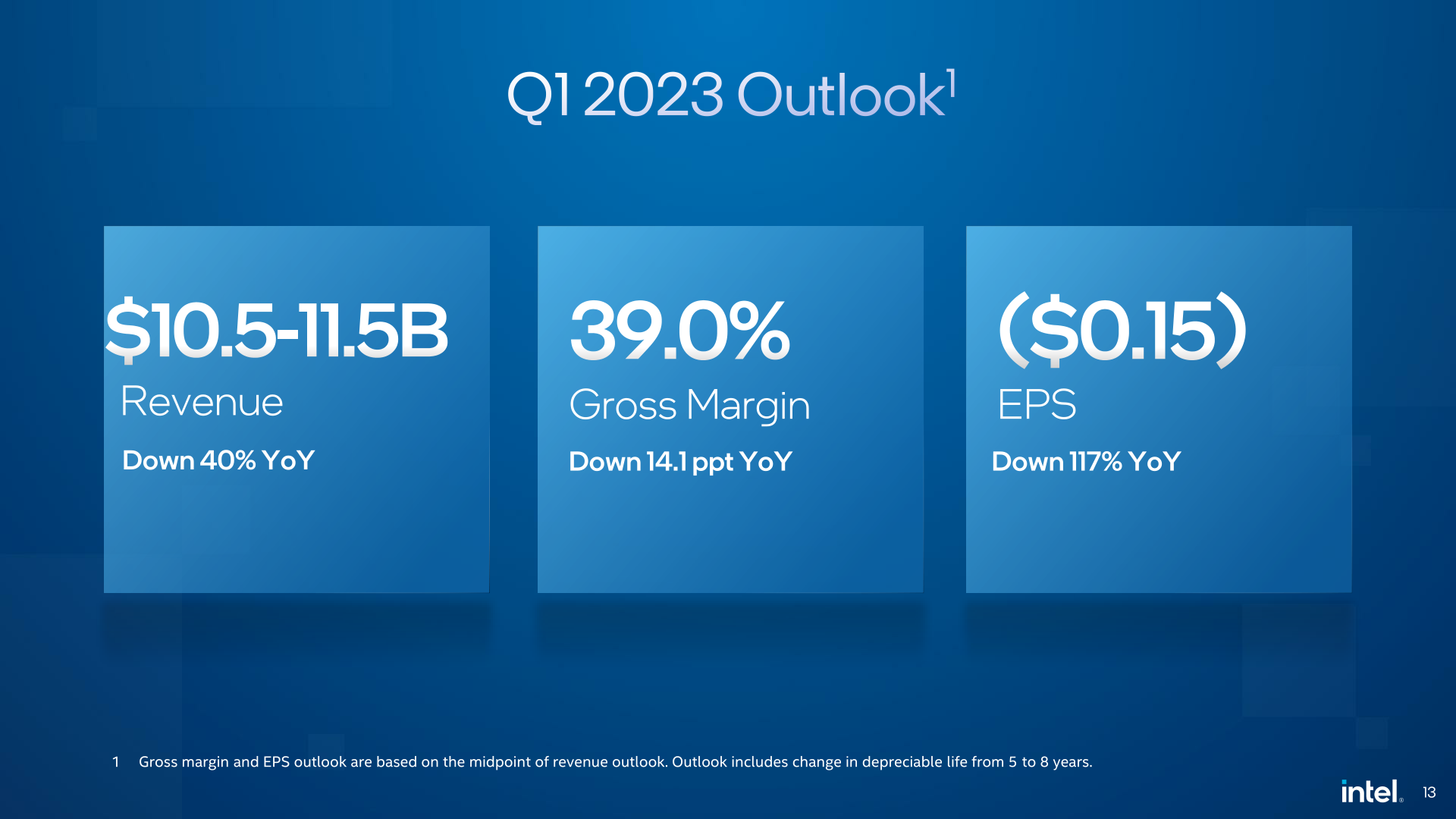China's Automotive Market: A Case Study Of BMW And Porsche's Difficulties

Table of Contents
Intense Competition in the Chinese Automotive Market
The Chinese automotive market is fiercely competitive, posing significant challenges for established international brands like BMW and Porsche. This intense competition stems from two primary sources: the rise of domestic brands and the evolving preferences of Chinese consumers.
The Rise of Domestic Brands
Chinese automakers have experienced phenomenal growth, rapidly gaining market share from established international players. Brands like BYD, Nio, and Xpeng are leading this charge, leveraging several key advantages:
- Competitive Pricing: Domestic brands often offer comparable features and quality at significantly lower price points than their international counterparts.
- Technological Advancements: A strong focus on electric vehicles (EVs) and advanced driver-assistance systems (ADAS) allows Chinese brands to compete directly with established players in the cutting-edge technology space. BYD, for instance, has become a global leader in EV technology.
- Targeted Marketing: Chinese automakers employ sophisticated marketing strategies deeply tailored to the preferences and values of Chinese consumers, often utilizing social media and influencer marketing effectively.
These domestic brands are not just competing in the budget-friendly segments; they are aggressively challenging established players in the luxury car market as well, utilizing innovative designs and advanced technology to attract affluent Chinese buyers. For example, Nio's premium EVs and sophisticated digital experience have captured a significant segment of the market.
The Changing Preferences of Chinese Consumers
The preferences of Chinese car buyers are rapidly evolving, demanding significant adaptation from international brands. Key shifts include:
- Electric Vehicle (EV) Adoption: China is a global leader in EV adoption, with Chinese consumers increasingly prioritizing electric and hybrid vehicles over traditional gasoline-powered cars.
- SUV Popularity: SUVs consistently dominate sales charts in China, reflecting a strong consumer preference for larger, more spacious vehicles.
- Connected Car Technology: Chinese consumers highly value advanced connectivity features, including in-car entertainment systems, navigation, and driver assistance technologies.
- Brand Image & Social Status: Luxury car purchases in China often carry significant social status, influencing consumer choices and brand loyalty.
BMW and Porsche, while strong in traditional luxury segments, may not perfectly align with these evolving desires, necessitating significant investment in EVs and advanced technology to maintain their market share. The influence of social media and online reviews further amplifies the importance of brand perception and customer experience.
Navigating Regulatory and Policy Hurdles in China
Beyond intense competition, BMW and Porsche face significant regulatory and policy hurdles in China. These include stringent environmental regulations and complex import tariffs and local content requirements.
Stringent Emission Standards and Environmental Regulations
China's commitment to reducing carbon emissions has led to increasingly strict environmental regulations impacting the automotive industry.
- Emission Standards: Meeting these stricter standards requires significant investments in electric vehicle technology and the phase-out of gasoline-powered vehicles.
- Environmental Regulations: Regulations related to manufacturing processes, waste disposal, and fuel efficiency add to the compliance costs for international brands.
Adapting to these regulations requires substantial investments in R&D, infrastructure, and manufacturing processes, representing a major financial burden for companies like BMW and Porsche.
Import Tariffs and Local Content Requirements
Import tariffs and local content requirements significantly impact the profitability of imported vehicles in China.
- Import Tariffs: These tariffs increase the cost of importing vehicles, making them less competitive compared to domestically produced cars.
- Local Content Requirements: Regulations requiring a certain percentage of locally sourced components increase the complexity and cost of manufacturing in China.
To mitigate these challenges, BMW and Porsche have invested heavily in local manufacturing facilities and established partnerships with Chinese suppliers, aiming to reduce reliance on imports and optimize production costs.
Marketing and Brand Perception Challenges in China
Effectively marketing and managing brand perception in China requires a nuanced approach, understanding unique cultural preferences and the power of digital influence.
Cultural Nuances and Localized Marketing Strategies
Successfully reaching Chinese consumers requires adapting marketing campaigns to align with local cultural values and preferences.
- Localized Messaging: Marketing materials must resonate with Chinese culture and values, employing effective storytelling and imagery that connects with the target audience.
- Understanding Consumer Insights: In-depth market research to gain valuable insights into consumer preferences, needs, and purchasing behaviors is crucial.
Brands failing to adapt their marketing strategies risk alienating potential customers and damaging their brand reputation.
Managing Brand Reputation and Online Sentiment
China's digital-first environment places immense importance on managing online reputation and effectively addressing customer concerns.
- Social Media Monitoring: Continuous monitoring of social media platforms is essential to identify and promptly address any negative feedback or controversies.
- Crisis Communication: Developing proactive strategies to manage online crises and effectively communicate with consumers is critical for maintaining a positive brand image.
Negative reviews or online controversies can quickly escalate, impacting sales and brand perception significantly. A strong online presence and proactive crisis management are indispensable for success in the Chinese market.
Conclusion
China's automotive market presents both immense potential and considerable challenges for luxury brands like BMW and Porsche. Successfully navigating this dynamic landscape requires a deep understanding of evolving consumer preferences, stringent regulations, and the importance of adapting to cultural nuances. While these German automakers face intense competition from both domestic and international players, learning from their difficulties can illuminate the crucial steps needed to thrive in the world’s largest automotive market. Further research into specific strategies employed by successful brands operating within the China automotive market can provide valuable insights for future success. By carefully analyzing the challenges faced by BMW and Porsche in the luxury car market China, businesses can better prepare themselves to navigate this complex but lucrative market. Understanding the intricacies of the Chinese automotive industry is key to unlocking its vast potential.

Featured Posts
-
 Transgender Day Of Visibility Utilizing A Gender Euphoria Scale For Improved Mental Health Support
May 15, 2025
Transgender Day Of Visibility Utilizing A Gender Euphoria Scale For Improved Mental Health Support
May 15, 2025 -
 Mls Match Recap Rapids Triumph Over Earthquakes Despite Steffens Presence
May 15, 2025
Mls Match Recap Rapids Triumph Over Earthquakes Despite Steffens Presence
May 15, 2025 -
 In Depth Analysis San Jose Earthquakes Opposition Scouting Report
May 15, 2025
In Depth Analysis San Jose Earthquakes Opposition Scouting Report
May 15, 2025 -
 Foot Lockers Q4 2024 Earnings Report Assessing The Success Of The Lace Up Plan
May 15, 2025
Foot Lockers Q4 2024 Earnings Report Assessing The Success Of The Lace Up Plan
May 15, 2025 -
 Isguecue Piyasasi Analizi Dijital Veri Tabani Rehberi Ledra Pal Carsamba
May 15, 2025
Isguecue Piyasasi Analizi Dijital Veri Tabani Rehberi Ledra Pal Carsamba
May 15, 2025
